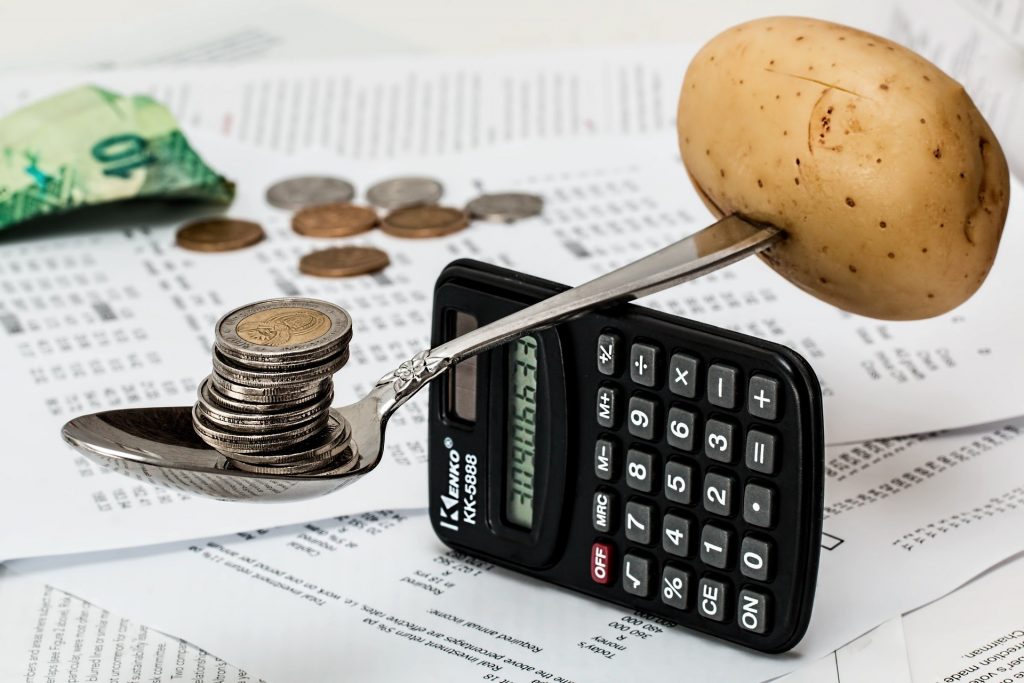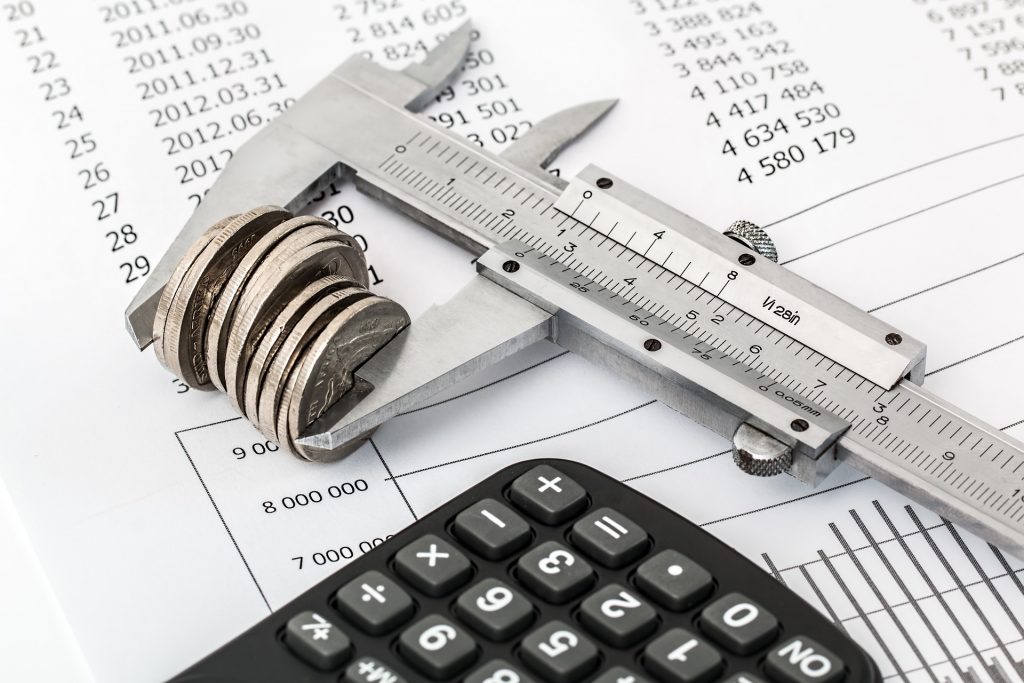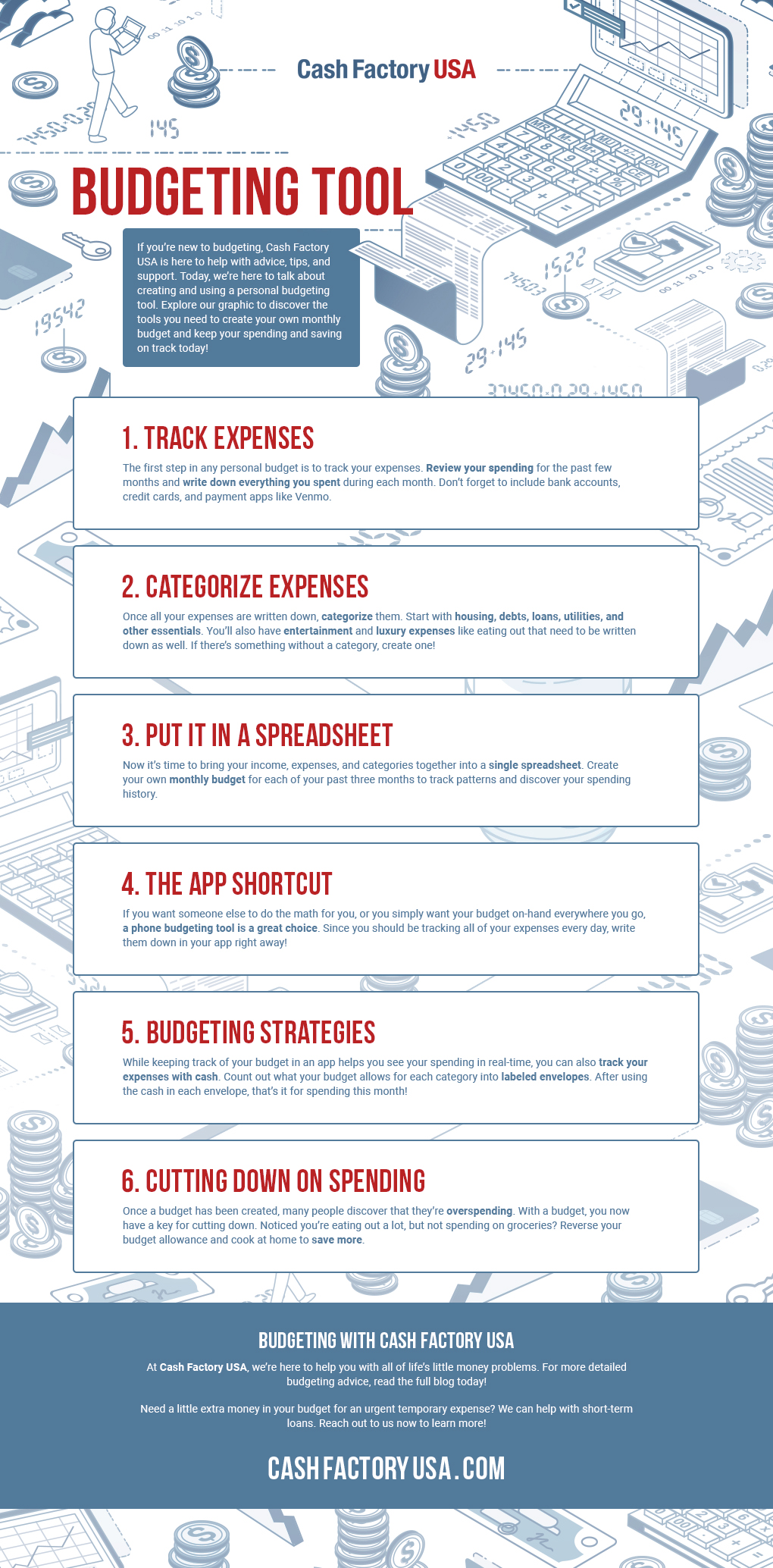
Budgeting is an important life skill that can help you watch your spending and achieve your money goals. At Cash Factory USA, we’re committed to being part of your monthly money management team with top tips and advice from our experts. When you’re ready to make money managing a part of your day-to-day activities to spend smarter and save more, read on here to learn about our recommendations for using personal budgeting tools to keep you on track.
1. Check Your Statements
When you first start using a personal budgeting tool, you need to check your bank statements and credit card bills to see how much you’re spending. Include everything you use to spend money — from PayPal and Venmo to debit cards and checks. Every outgoing and incoming transaction is important to painting an accurate picture of your expenses.
Checking your monthly statements is the easiest way to start creating your personal budget. After you figure out how much you’re spending, it’s time to focus on where the money is going.
2. Categorize Expenses

A comprehensive monthly budgeting tool isn’t complete without categorizing your expenses. Start with the biggest expense such as rent, student loans, transportation, utilities, and clothing before moving on to subscriptions, entertainment, luxuries, and other daily expenses. Even the smallest expenses should find a place on your worksheet. Whether it’s your daily coffee or a vacation to an exotic location, create a category and add everything into it.
3. Try a Spreadsheet
You may have already been using a spreadsheet to get a handle on checking your statements and categorizing your expenses, but now it’s time to start consolidating all this information into a personal budgeting tool that’s useful. Create a budget for your first month by listing your total income and then subtracting your categorized expenses from the total income. Go back into your spending history for about three months to create a complete picture of what you’re making and what you’re spending. This can help you create future budgets and estimate how much you can save for retirement or how much you’ll be spending in upcoming months.
This type of planning can ensure you’re saving extra for big expenses that may be coming up — like buying gifts for the holiday season or participating in a wedding.
4. Download an App
If you’re not familiar with all the shortcuts in a spreadsheet, it can be slow, boring work to create your budget. Instead of stumbling along, you can take a little shortcut with a budgeting app. Your app store is filled with free personal budgeting tools that can help you get a better handle on what you’re doing with your money. Many of these tools learn your spending habits and can anticipate your needs for the future. They’ll give you suggestions and help you save smarter.
Since your including personal information in these apps, make sure your phone and your budgeting tool are password protected.
5. Explore the Envelope Method

No matter how you track your budget, now it’s time to put your strategy into action. One of the most popular methods for staying on budget is the envelope system. While you can set up autopay and online payments for your necessities, any other expenses become a cash-only proposition.
At the beginning of each month, you place a predetermined amount of cash in several envelopes — each labeled with what they’re for. People generally have envelopes for groceries, eating out, and entertainment. Use the cash from the appropriate envelope for each expense, and when the money is gone, the spending stops. This personal budgeting tool is a powerful way of ensuring you stay on track because it’s a concrete way of letting you know when you’ve used up everything in your budget.
6. Cut Down on Spending
As you’re creating your expenses sheet or inputting information into your app, you might find that you’re spending more than your income allows. If you’re seeing a negative balance most months, you need to cut down on spending. Make changes to what you spend on luxuries like eating out or going on vacation. A monthly budgeting tool can show you exactly where you’re spending too much and should cut down.
Ready for more tips and advice? Explore the rest of the Cash Factory USA blog or visit our Help Center now!
